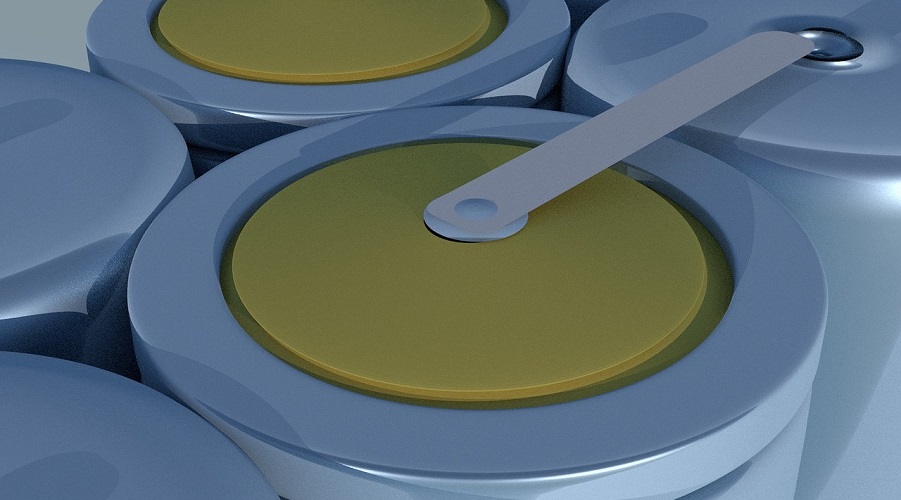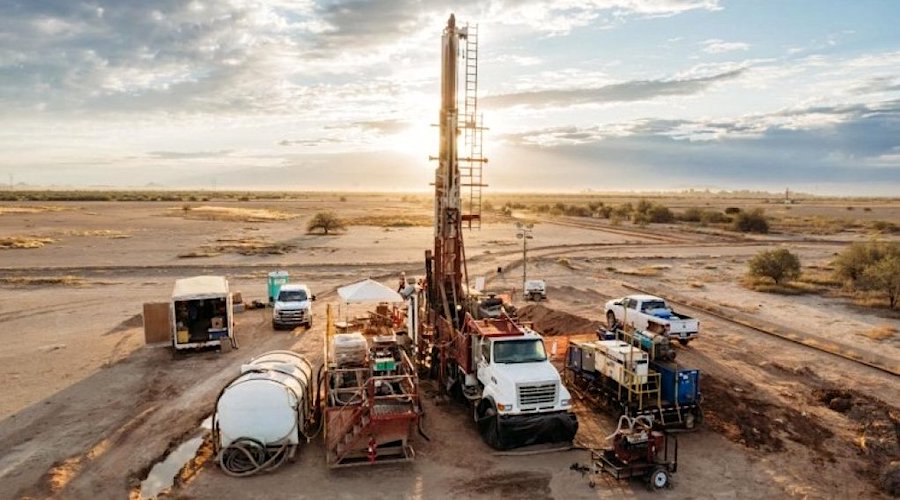Recycled lithium to reach 9% of total lithium battery supply in 2025: analysts

Five-thousand-eight-hundred tonnes of lithium and 22,500 tonnes of cobalt from recycled batteries will reach global markets in 2025, a new report by Creation Inn states.
According to the recently-launched strategy consultancy firm, China will lead the recycling activities for both metals. In detail, more than 66 per cent of the lithium-ion batteries, or 191,000 tonnes, is expected to be recycled by the Asian giant, feeding the country’s fast-growing battery material industry. When it comes to cobalt, 76 per cent is expected to be recycled in China by 2025, without taking production scrap or other sources into account.
These volumes, however, are still relatively low, Creation Inn says. Long service life, positive prospects for second use and poor collection of portable batteries are the main contributors to the small numbers.
After assessing the European and North American markets, the analysts conclude that the race for closed-loop solutions can already be lost to China. Large amounts of current end-of-life batteries are exported to China benefiting both the Chinese recycling industry and the domestic producers of battery materials. “When volumes eventually increase in Europe and North America the Chinese recycling industry will have a strong competitive advantage through proven technology and available capacity,” the experts state in the report.
For the lead author of the study, Hans Eric Melin, the two blocks of developed nations export their used batteries not because they don’t have the technology to give them a second life, but because existing policy frameworks don’t acknowledge the value of reusing these materials. “From a circular point of view, it actually works fairly well but it doesn’t provide much support to government’s ambitions to secure access to critical raw material in EU, US and Canada,” Melin says.
The analyst adds that better opportunities are given the automotive industry. “They have an excellent opportunity to capture a substantial part of the energy storage market by taking back electric vehicle batteries and use them in utility-scale storage solutions. The model connects well with similar solutions for vehicle-to-grid in which the vehicle is used as a grid-connected battery, and provides strong growth opportunities while also compensating for revenues that will be lost when sales of spare parts and services are decreasing due to the limited need for maintenance of new electric cars,” he says.
Creation Inn anticipates that at least 60 per cent of the batteries from electric vehicles will serve in second use solutions before they are sent to recycling.
Talking about cobalt, the report predicts that by 2025 the amount of the silver-gray metal from recycled batteries would reach almost 20 per cent of the demand. “Most of this is expected to be recycled and resynthesized to new cathode material ready to be used in Chinese cathode manufacturer’s processes,” the document concludes.
{{ commodity.name }}
{{ post.title }}
{{ post.date }}

Comments
Cory Groshek
Great piece on lithium-ion battery recycling! The future is so exciting!